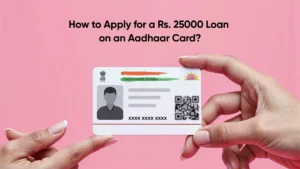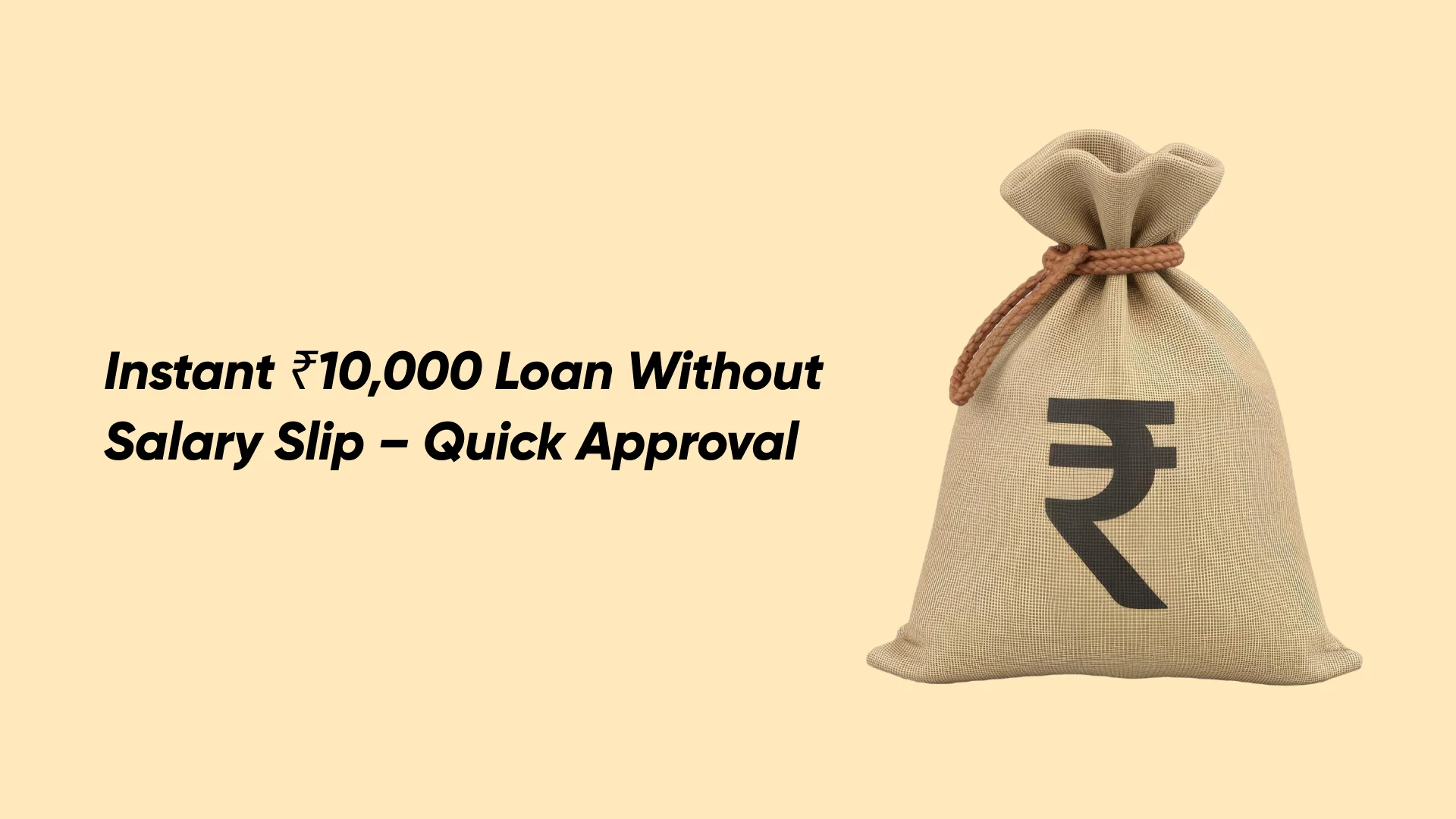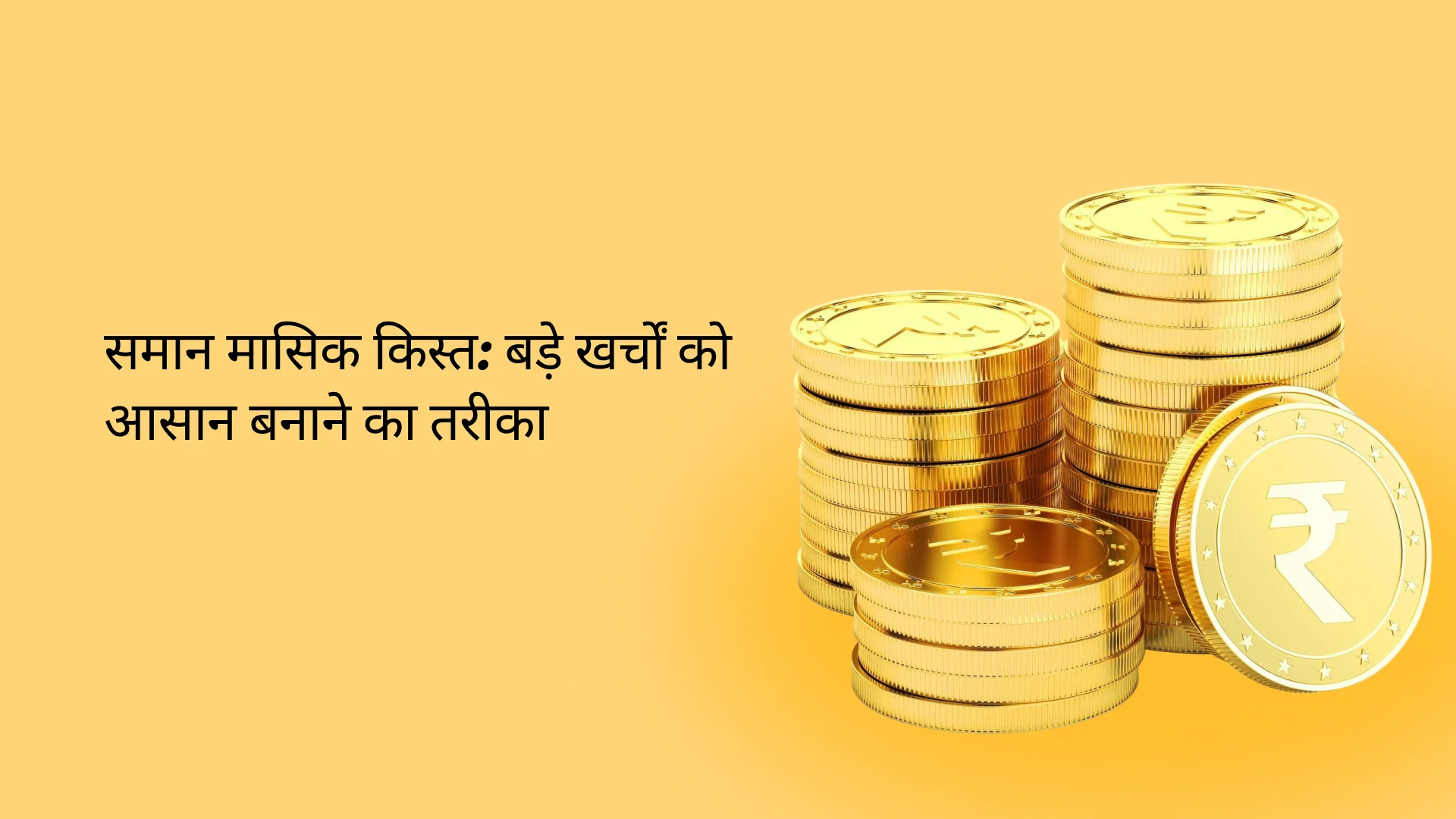What Will Happen If A Personal Loan EMI Bounces?

Life gets busy and an EMI payment might slip through. A missed EMI payment can lead to extra charges, but you can still fix it. To stay on top of it, you need to be aware of penalty charges, credit score impact, repayment options and avoid future bounces.
This blog covers the reasons behind EMI bounces, the associated charges, and practical tips to help you avoid them and manage your finances more effectively.
Table of Contents
ToggleWhat is an EMI Bounce Charges?
Personal loan EMI bounce charges are the penalty that happens when EMI payments are not completed due to technical issues or insufficient funds in the bank account. EMI bounce is still considered a missed payment and impacts your credit score. EMI bounce is further categorized into two types: major default and minor default.
Major Default
Major default is when the borrower has not paid the missed EMI for more than 90 days.
Minor Default
Minor default is when the EMI amount remains unpaid under 90 days. The borrower still has time to repay and the impact is less severe than a major default.
EMI Bounce Charges and Penalties
When an EMI (Equated Monthly Installment) bounces due to insufficient funds or other issues, banks and financial institutions impose penalties and extra charges. Repeated EMI bounces can negatively impact your credit score and in extreme cases lead to legal consequences. Here is a detailed breakdown of EMI bounce charges and penalties:
1. EMI Bounce Charges: This is the penalty that the lender charges when an EMI payment fails. This exact amount varies across lenders and the loan type. This charge typically ranges from ₹250 to ₹1,500 per bounce. Some lenders charge 1-3% of the EMI amount as a penalty.
2. Late Payment Penalty: If the EMI is paid late, the lender charges late payment penalty. And increases your overall loan burden. Late payment charges are usually 2-3% per month on the overdue amount as per the lender terms.
3. Bank Charges for EMI failure: The bank charges a penalty if the auto-debit/NACH mandate fails due to insufficient funds. This charge is separate from the lender’s EMI bounce fee. This charge is typically ₹200 to ₹500 per failed transaction.
4. Impact on Credit Score: An EMI bounce is reported to credit bureaus (CIBIL, Experian, etc.), lowering your credit score. Frequent bounces lower your credit score, indicating poor financial management. This makes it harder to get future loans at favorable terms.
5. Legal Consequences: If EMIs continue to bounce, lenders may take legal action demanding full repayment of the outstanding loan. In case of secured loans, the lender may seize and sell the pledged assets.
Also Read: Missed Your EMI Payment? Know Its Consequences
Reasons for EMI Bounce
There can be several reasons for EMI bounce, the common ones include:
Insufficient Funds: If the borrower has low funds (less than the EMI amount) in their account, then the EMI bounces. The borrower must maintain a good balance to avoid any bounces due to low funds. There should be enough funds in their bank account around the EMI due date as an EMI bounce is considered a missed payment and negatively impacts one’s credit score.
Incorrect Details: If there is a mismatch due to incorrect cheque details like date, or signature, the EMI may bounce
Technical Issues: If there are any bank maintenance details, system upgrades or any other technical glitches, then the EMI may bounce.
How to Avoid EMI Bounce Charges?
There are several measures one can take to avoid any EMI bounce charges like:
- Keep Sufficient Funds: The borrower must maintain enough funds in the bank account to cover the EMI payments. Insufficient funds lead to EMI bounce. To avoid this completely, you may opt for an overdraft facility.
- Set Up Auto Debit: You may opt for an auto debit where the EMI amount will automatically get deducted from your account on the due date. This makes the EMI payments easier without needing to remember the due date each month. This minimizes any chance of missed EMI payments
- Update Bank Details: If you change your bank or there are any changes in personal details like address or signature, you need to update the lender regarding these changes to avoid the possibility of any EMI bounce.
- Negotiate with Lender: If you have a valid reason for the EMI bounce, like losing your job, medical issue or any other financial issue, try negotiating with the lender to extend the due date. The lender may even restructure your loan for easier loan repayment.
Also Read: 5 Tips To Avoid Mistakes With Personal Loan EMI Payments
How Zype Can Help You Manage EMIs Better
Managing multiple EMIs can be challenging, but Zype can help manage EMIs with an instant personal loan in the following ways:
1. Debt Consolidation: If you have multiple loans (credit cards, car loan, etc.), a personal loan can help consolidate them into a single EMI with a lower interest rate.
2. Avoid Penalties & Late Fees: If you are short on funds, taking a personal loan can help you make EMI payments on time. This prevents instances of missed payments, EMI bounce charges, late fees, and credit score damage.
3. Lower Your Loan Amount: A personal loan can be used to prepay a high-interest loan to lower the overall loan amount.
4. Support During Financial Stress: If you are facing temporary financial strain, an instant personal loan ensures you make EMI payments on time, keeping your financial health intact.
5. Protect Your Credit Score: Making timely EMI payments builds a strong credit history and boosts your credit score, increasing your chances of easy loan approval in the future.
Conclusion
An EMI bounce leads to extra charges and impacts your credit score, but with correct measures, it is completely avoidable. By maintaining sufficient funds, setting up payment reminders, and exploring flexible repayment options, you can stay on top of your EMIs. In case you are struggling with your finances, negotiate with your lender for possible restructuring of your loan.
Frequently Asked Questions
What Happens If One EMI Bounces In A Personal Loan?
If one EMI bounces in a personal loan, the borrower is required to pay a penalty as an EMI bounced is still considered as a missed payment. This also negatively impacts your credit score.
What Are The Common Reasons For A Personal Loan EMI Bounce?
The EMI for a personal loan may bounce for a number of reasons including insufficient funds, any technical issue with the bank or due to incorrect bank details.
How Much Penalty Is Charged For An EMI Bounce?
The penalty charged for an EMI bounce depends on the lender and typically ranges between 1% – 2%.
How Does An EMI Bounce Affect My CIBIL Score?
Yes, an EMI bounce affects your credit score in a negative way, as an EMI bounce is considered as a missed payment.
How Can I Avoid EMI Bounce Charges?
To avoid EMI bounce charges, ensure your bank account always has sufficient funds during the due date. Set up auto payments to automatically debit the EMI amount from on the due date.
What Legal Action Can A Bank Take If EMI Payments Are Missed Repeatedly?
If the EMI payments are missed repeatedly, then the bank may take legal action by sending a legal notice or involving recovery agents.
YOU MAY ALSO LIKE

Search by posts
Recent post
-
 Instant ₹10,000 Loan Without Salary Slip – Quick Approval
Instant ₹10,000 Loan Without Salary Slip – Quick Approval
-
 समान मासिक किस्त: आपकी वित्तीय खर्चों को आसान बनाने वाला तरीका
समान मासिक किस्त: आपकी वित्तीय खर्चों को आसान बनाने वाला तरीका
-
 Apply for 50000 Rupees Loan Urgently: Get Disbursed in Few Minutes
Apply for 50000 Rupees Loan Urgently: Get Disbursed in Few Minutes
-
 How to get Instant Loan on Aadhaar Card without Salary Slip
How to get Instant Loan on Aadhaar Card without Salary Slip
-
 How to Apply for a Rs. 25,000 Loan on an Aadhaar Card?
How to Apply for a Rs. 25,000 Loan on an Aadhaar Card?
Categories
- Blog (6)
- Credit History (36)
- Credit Line (7)
- Festive (4)
- Finance (15)
- Mutual Fund (19)
- Personal Loan (276)
- Tax (8)
- Zype (4)













